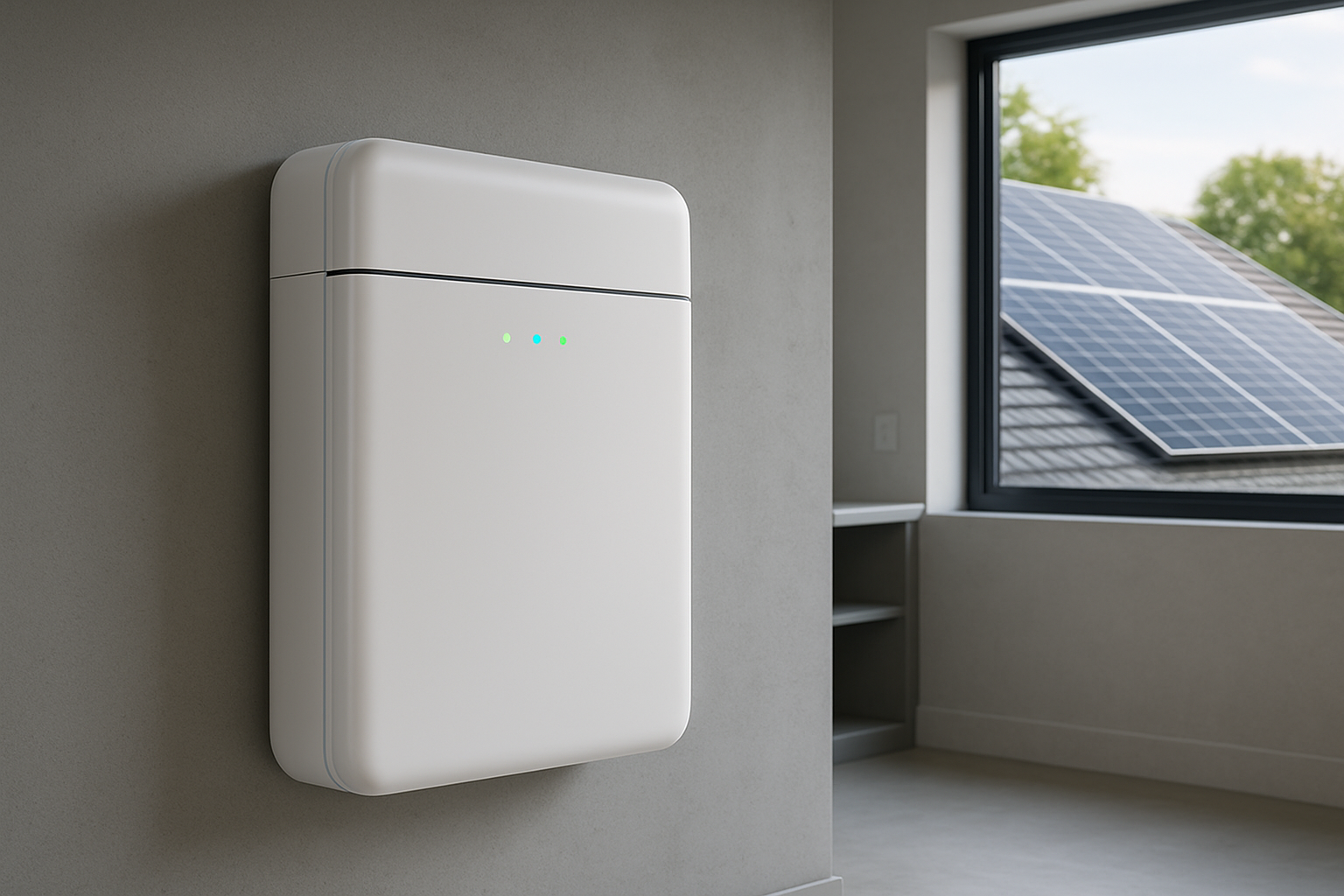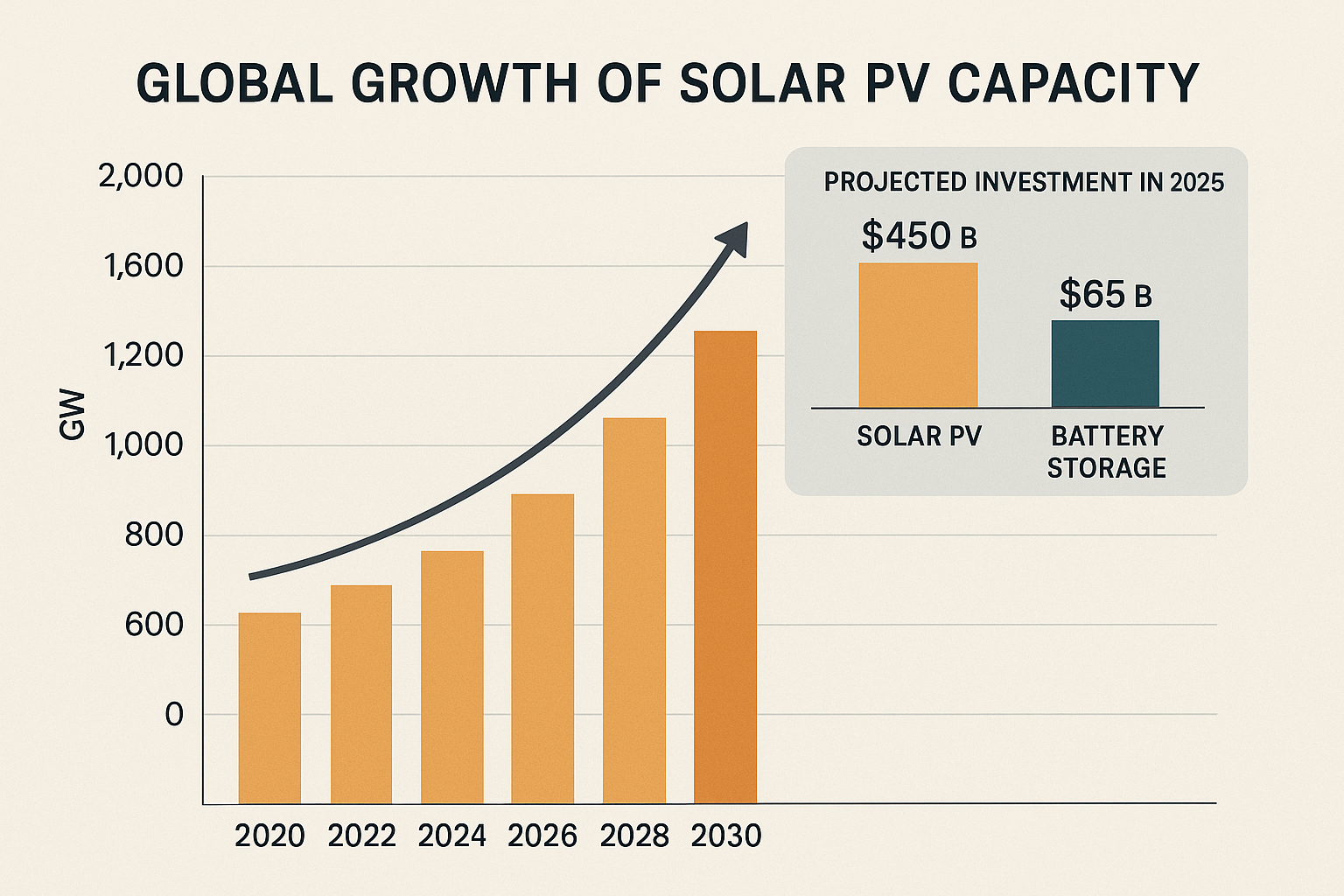Your solar panels are installed. The first few years are great. You enjoy lower electricity bills and the satisfaction of generating clean energy. The return on investment (ROI) calculation you made seems right on track. But as your system passes the five-year mark, subtle issues can begin to surface, chipping away at those long-term savings. These are the post-install surprises many system owners don't anticipate.
Understanding these potential long-term solar investment risks is not about discouraging solar adoption. It's about being prepared. A well-informed owner can take steps to protect their investment, ensuring it delivers value for its entire 25- to 30-year lifespan. Let's look at the nine most common issues that can appear after year five.

The Slow Creep of Performance Degradation
The most significant hidden costs often come from a gradual decline in your system's performance. This isn't a sudden failure but a slow erosion of output that impacts your solar ROI year after year.
1. Inevitable Panel Degradation
Every solar panel degrades over time, losing a small fraction of its production capacity each year. This is known as the degradation rate. For high-quality monocrystalline or polycrystalline panels, this rate is typically around 0.5% annually. However, lower-tier panels may degrade faster, at 1% or more per year. After a decade, that difference adds up to a significant loss of power and savings.
A performance warranty guarantees your panels will still produce a certain percentage of their original output (usually 80-90%) by year 25. But this doesn't stop the gradual decline, a key factor in solar system depreciation.
2. The Inverter's Mid-Life Crisis
The solar inverter, which converts DC power from your panels to usable AC power for your home, is the hardest-working component of your system. A standard string inverter has a typical lifespan of 10 to 15 years. This means you will likely need to replace it at least once during the life of your solar panels. This is a significant, planned-for expense that many new solar owners overlook. An inverter replacement can cost several thousand dollars, creating a major dip in your ROI calculation around year 12.
3. Soiling and Environmental Impact
Your panels' performance depends on sunlight reaching the solar cells. Over time, a layer of dust, pollen, bird droppings, and grime will accumulate. This "soiling" can reduce energy production by 5% to 15% or even more in dry, dusty climates or agricultural areas. While rain can wash some of it away, periodic professional cleaning is often required to restore full performance. This adds an ongoing maintenance cost that wasn't part of the initial installation price.
The Evolving Cost of Maintenance and Repairs
As a solar system ages, its maintenance needs change. What was once covered by an installer's initial warranty may become your financial responsibility, introducing hidden solar costs.
4. Navigating Post-Warranty Repairs
Most installation workmanship warranties last between 5 and 10 years. After that, you are responsible for the labor costs associated with diagnostics and repairs. Even if a component like a panel or inverter fails and is covered by its manufacturer's warranty, the cost to have a technician come out, remove the faulty unit, and install the replacement may not be covered. These service call fees can be several hundred dollars per incident.
5. The Challenge of Finding Qualified Technicians
The solar industry evolves quickly. The company that installed your system might not be in business a decade later. Finding a qualified technician who is familiar with your specific, older model of inverter or racking can become a challenge. This scarcity can lead to higher service costs and longer downtime, during which your system isn't producing energy or saving you money.
6. Hidden Subscription and Monitoring Fees
Many modern solar systems come with sophisticated monitoring platforms that let you track your energy production. Often, access to this service is free for the first few years. After this introductory period, some companies may begin charging an annual or monthly subscription fee for continued access to detailed data. Without it, you may lose the ability to spot performance issues early.
The Shifting Energy Landscape
The world of energy is not static. Changes in utility policies and technology can dramatically alter the financial equation of your solar investment five or ten years down the road.
7. Unpredictable Utility Rate Structures
The net metering policies that make solar so attractive today may not be the same in the future. Utilities across the country are constantly adjusting how they compensate solar owners for the excess power they send to the grid. A move to lower feed-in tariffs or the introduction of complex "Time-of-Use" (TOU) rates can significantly reduce the value of your exported solar energy. Your initial ROI calculation, based on today's rates, could become overly optimistic.
8. The Growing Need for Energy Storage
With the rise of TOU rates, electricity is more expensive during peak evening hours when the sun isn't shining. This makes storing your own solar energy for later use far more valuable than selling it to the grid for a low daytime rate. Consequently, adding a battery storage system becomes a logical next step. A high-performance Lithium Iron Phosphate (LiFePO4) battery offers a safe, reliable, and long-lasting solution, but it represents a major new investment that wasn't part of the original plan.
9. The Risk of Technology Lock-In
An early-generation solar system may not be easily compatible with newer technologies. According to the U.S. Department of Energy, decisions made today can create long-term barriers. In their report, *The SunShot Story*, they highlight how infrastructure choices can result in "technology lock-in." Your older inverter might not be able to integrate with a new battery system or an electric vehicle (EV) charger, forcing you into a much more expensive, system-wide upgrade to modernize your setup.
To better visualize these potential long-term expenses, consider this estimated financial outlook over a 25-year period.
| Item | Typical Frequency / Lifespan | Estimated Cost Range (USD) |
|---|---|---|
| String Inverter Replacement | Once every 10-15 years | $2,000 - $4,500 |
| Professional Panel Cleaning | Every 1-2 years | $150 - $350 per cleaning |
| Repair & Diagnostic Service Calls | As needed, post-warranty | $200 - $600+ per incident |
| Energy Storage Addition (Optional) | One-time, often after year 5 | $8,000 - $15,000+ |
Protecting Your Solar Investment for Decades to Come
Recognizing these challenges is the first step toward safeguarding your investment. A proactive approach ensures your solar system remains a valuable asset, not a source of unexpected bills.
Budget for the Future
Treat your solar system like any other major home asset. Set aside a small amount of money each year in a dedicated fund for maintenance and eventual component replacement. Budgeting for one inverter replacement and annual cleanings will prevent these expenses from becoming a financial shock.
Prioritize High-Quality, Scalable Components
The best way to mitigate long-term solar investment risks is to start with a robust and flexible system. Investing in high-efficiency panels, a durable inverter from a reputable manufacturer, and a modular energy storage system can prevent many of these headaches. A system built with reliable components, such as an integrated home energy storage solution using long-lasting LiFePO4 batteries, is designed for the future. It provides the reliability and adaptability needed to cope with changing energy policies and future technology upgrades.
Adopt a Forward-Looking Perspective
A solar installation is a powerful tool for achieving greater energy independence and financial stability. As research from agencies like the International Renewable Energy Agency (IRENA) shows, renewable technologies are central to a resilient energy future. By understanding the full lifecycle of your system—from the initial installation to year-five solar maintenance and beyond—you empower yourself to make smarter decisions. This foresight will ensure your system delivers on its promise of clean, affordable energy for its entire operational life.





Leave a comment
All comments are moderated before being published.
This site is protected by hCaptcha and the hCaptcha Privacy Policy and Terms of Service apply.